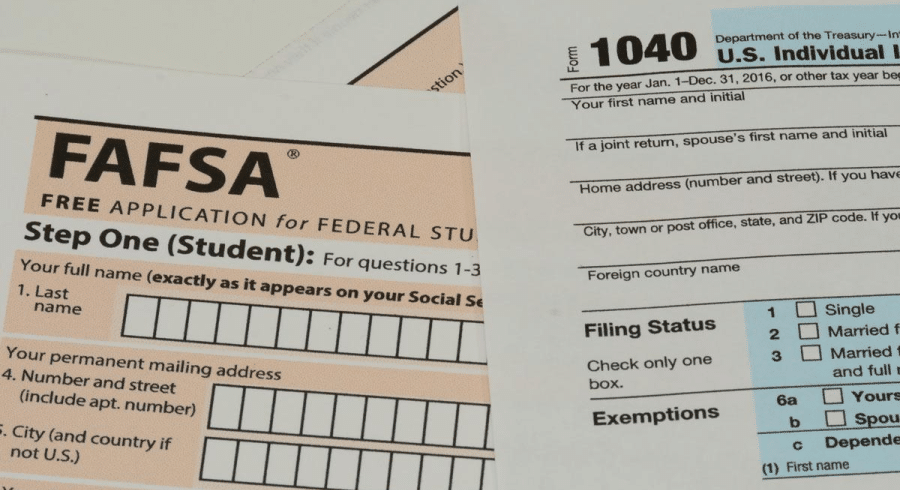What’s the Early Retirement Provision in 401(k) Plans?
- Did you know you can retire early at age 55?
- A provision in the IRS Code allows workers to take money out of employer-sponsored retirement plans, such as a 401(k), before the usual retirement age of 59½. You must meet certain criteria, however.
- This option might be appealing to people who want to get a jump start on their golden years without incurring early distribution penalties from pre-tax accounts.
- Also, the strategy outlined below can help individuals who need to access their savings for other purposes, perhaps due to an unexpected job loss.
Understanding the Early Retirement Provision in 401(k) Plans
It’s known as the Rule of 55. This IRS provision allows workers aged 55 and older to take distributions from workplace plans, such as a 401(k) plan, without penalty after they have left their job. With the right planning, you can retire a few years early, rather than waiting until age 59½ to take normal distributions as you would with other retirement accounts. It’s important to note that the Rule of 55 applies specifically to 401(k) and 403(b) plans, not individual retirement accounts (IRAs). Additionally, not all companies offer this provision, so be sure to check your plan documents or consult with your plan administrator.
Knowing the Rules
There are three key provisions to meet in order to take advantage of the Rule of 55:
- You must separate from service at age 55 or later AND
- Take distributions from the most recent employer’s 401(k) plan AND
- The plan must allow for partial distributions after termination.
Avoiding the 10% Early Distribution Penalty
The big benefit of the early retirement provision in 401(k) plans is that you can bypass the 10% early withdrawal penalty. However, you are still responsible for federal and state income tax. The IRS specifies that you cannot separate from your job before age 55, and that previous 401(k) accounts and all IRAs are not included in the provision. Therefore, if you have just recently started working for a company and are turning 55, it might not make sense to attempt this strategy. It can be a viable option, though, for those who have had a long tenure at a firm.
How It Might Work for You
For example, let’s say you worked at a company for 20 years and amassed a 401(k) account balance of $500,000. You also have savings in an IRA and a taxable brokerage account. While Social Security is still many years away, you can retire in the year you turn 55, then start withdrawing money from the 401(k) account, only owing income tax on the distributions. You can think of it as a bridge to the traditional retirement age. Once you reach age 59½, you can then withdraw from other retirement accounts without penalty. The Rule of 55 can also be a financial lifeline for people who are laid off late in their careers. Finally, if you just want to switch jobs, the same rule applies as long as you meet the requirements.
Tips to Maximizing the Rule of 55’s Value
If you are curious about leveraging this early retirement provision, you should avoid rolling over your 401(k) to an IRA, as that would disqualify you from the Rule of 55. Another risk to consider is that you might miss out on potential market gains by withdrawing money from the account. Additionally, you might want to delay taking distributions until the calendar year after you stop working to minimize your federal taxes, especially if you had high income from employment in the previous year.
There’s flexibility with the rule as you can still get another job while taking penalty-free withdrawals from the old 401(k) plan. A planning strategy to consider if you are set on retiring at age 55 is to transfer IRA money into your current 401(k) plan while still employed, increasing your 401(k) plan balance when you hit 55.
The Bottom Line
While it’s generally advisable to avoid withdrawing money from your retirement accounts during your working years, the Rule of 55 provides an option for those facing early retirement or unexpected financial needs. Keep in mind that with a Roth IRA, you can withdraw your contributions at any time tax-free and penalty-free, which can serve as an emergency fund without worrying about a 10% early withdrawal penalty or income tax on the distribution.







